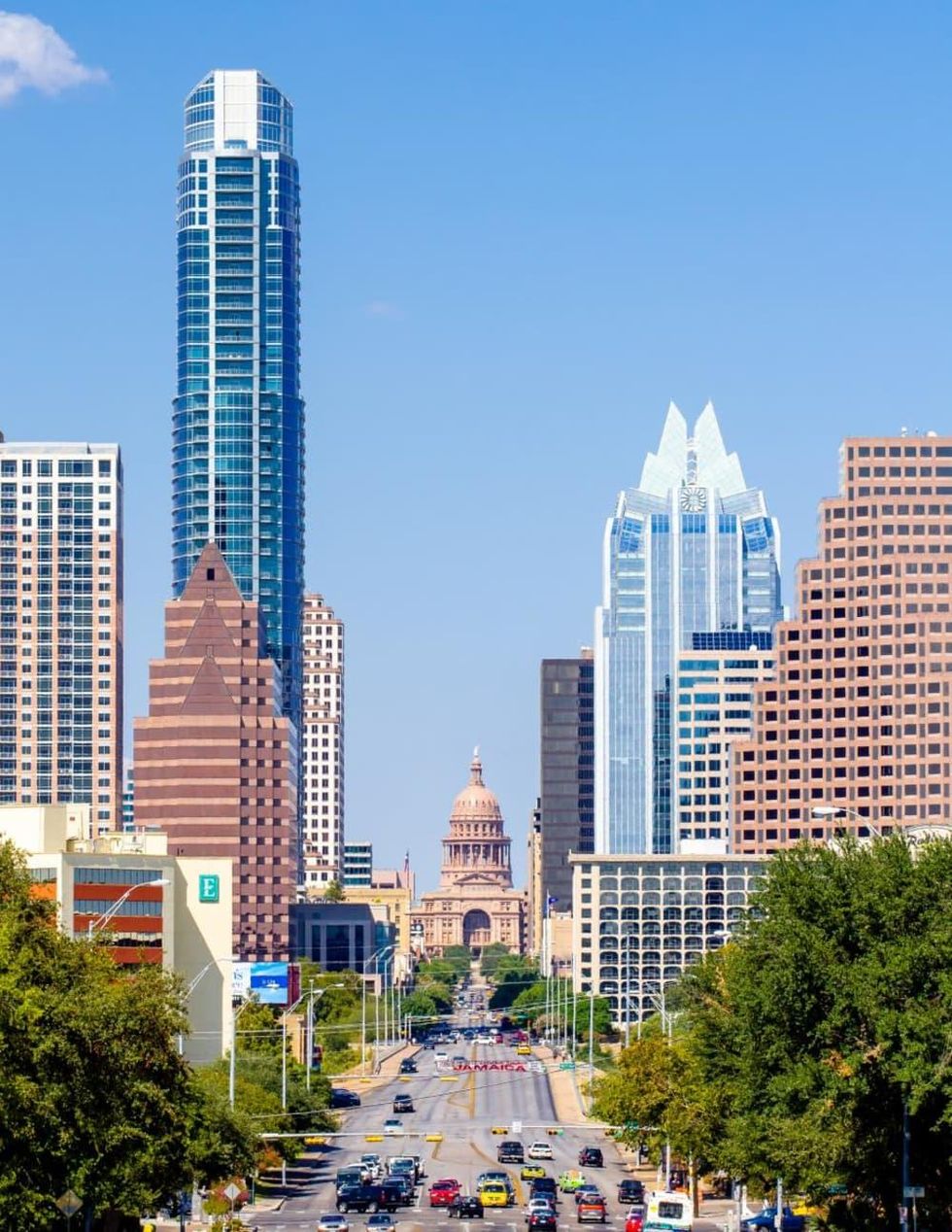Demographic milestone
Austin officially pops onto list of U.S. cities with 1 million residents or more

If you’re a resident of Austin, you now live in one of only 11 U.S. cities with at least 1 million residents.
As of July 1, Austin had 1,003,615 residents, according to a new estimate from the City of Austin. Three other Texas cities already had a population of at least 1 million — Dallas, Houston, and San Antonio. This means Texas now boasts more 1 million-resident cities than any other state. Right behind Texas is California, with three cities counting at least 1 million residents (Los Angeles, San Diego, and San Jose).
Twenty-three percent of the world’s population lived in a city with at least 1 million residents in 2018, according to the United Nations. In 2030, a projected 28 percent of people worldwide will be concentrated in cities with at least 1 million residents.
The updated population estimate for Austin was the work of the city’s longtime demographer, Ryan Robinson. He retired June 30 after more than 30 years with the City of Austin. “It is the end of an era,” says Matt Dugan, manager of the city’s long-range planning division.
According to the city’s Imagine Austin newsletter, Austin was the second-fastest-growing big city in the U.S. from 2018 to 2019, posting a gain of 1.68 percent. Only Fort Worth had a higher one-year growth rate (1.8 percent).
Forecasters predict that in 2021, Austin will jump past San Jose to become the country’s 10th largest city. From 2018 to 2019, San Jose saw its population dip by 0.61 percent.
Data suggests the city of Austin and the entire metro area stand to benefit from pandemic-triggered moves away from expensive locales like Los Angeles, New York City, and San Francisco. For instance, real estate brokerage company Redfin has already registered an upswing in people from the San Francisco Bay Area looking for homes in the Capital City.
“People are starting to take the plunge and move away from big, expensive cities, though most of them were probably already considering a lifestyle change,” Redfin economist Taylor Marr says in a release. “The pandemic and the work-from-home opportunities that come with it [are] accelerating migration patterns that were already in place toward relatively affordable parts of the country.”
The Imagine Austin newsletter notes that although population growth within the city limits has slowed in recent years — particularly when compared with the booming suburbs — Austin continues to be one of the fastest-growing big cities in the U.S. That’s primarily because population growth in almost all other major metros has tapered off in recent years.
As of July 1, the population of the Austin metro area stood at 2,307,753, according to a City of Austin estimate. That total is around the estimated size of the Pittsburgh and Sacramento metro areas back in July 2019. At that time, Austin ranked 29th among the country’s largest metro areas, sandwiched between Las Vegas at No. 28 and Cincinnati at No. 30.
From 2010 to 2019, the Austin area’s population soared by 30 percent, making it the fastest-growing major metro area in the U.S. and the third-fastest-growing metro area overall.
